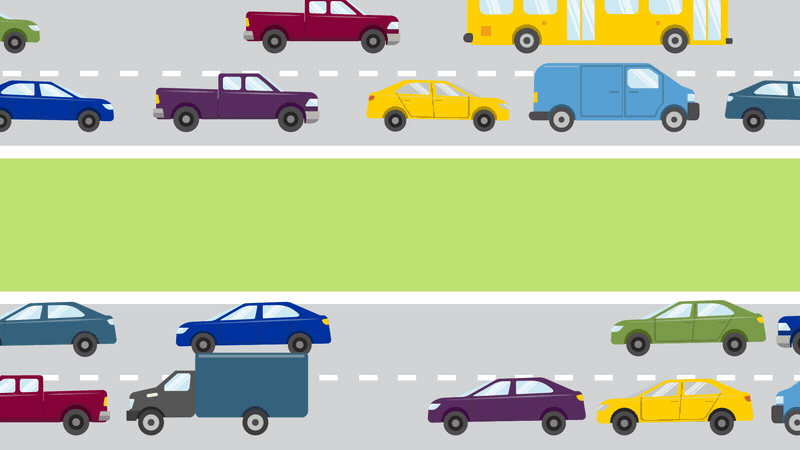What to know
The social media messages and graphics below can help your audiences understand the basics of heart disease, including its related conditions, ways to reduce risk, and treatment.
About this toolkit
With the support of health professionals like you, the Division for Heart Disease and Stroke Prevention (DHDSP) is better able to educate the public about heart disease prevention.
The social media messages and graphics below can help your audiences understand the basics of heart disease, including its related conditions, ways to reduce risk, and treatment.
Help DHDSP spread awareness by sharing these resources on your social media pages.
What's included
Heart disease resources for individuals and patients
"Live to the Beat" Campaign Partner Toolkit: This Million Hearts® and CDC Foundation campaign focuses on empowering Black adults to pursue heart-healthy lifestyles on their own terms—to find what works best individually and consistently—as they live to their own beat.
Pulse Check: Live to the Beat: Help patients learn how to manage their conditions, move more, eat healthier, stress less, and work with their health care team.
ABCS of Heart Health: Encourage others to lower their risk for heart attack and stroke and improve heart health by following the ABCS!
How Cardiac Rehabilitation Can Help Heal Your Heart: Learn more about what cardiac rehabilitation is, who needs it, and how it can help those who have had a heart attack or other heart problems.
Measure Your Blood Pressure: Empower your audiences to know and measure their blood pressure numbers regularly with these customizable tools.
Self-care is Healthcare (Black Women)
Black women are at an increased risk for hypertension. Less stress means a healthier heart. Remember, your self-care is your health care.
Self-care is Healthcare (Black Men)
People who are overweight are more likely to suffer from high blood pressure and high levels of cholesterol, which are major risk factors for heart disease and stroke. A healthy diet, exercise, and reducing stress where possible are steps that can reduce the risk for cardiovascular disease. Your self-care is health care.
Spread the word
Share these social media messages with your followers. Don't forget to tag @CDCHeart_Stroke in your posts and follow us on social media.
Facebook/LinkedIn
#HeartDisease is the number 1 killer of women, but there are ways you can lower your risk every day. Take an active role in your health and learn what it takes to keep your #heart healthy. http://bit.ly/2YCZued
Heart disease is the leading cause of death for men and women in the United States. Get the facts on heart disease and what can put you at risk. http://bit.ly/2lhOAKI
Almost 50% of Americans have at least 1 of 3 key risk factors for #HeartDisease: high #BloodPressure, high blood #cholesterol, or smoking. You can control these risk factors—learn how. http://bit.ly/38m4U2U
If you've had a heart attack or other heart problem, cardiac rehabilitation can drastically improve recovery and help build heart-healthy habits. Learn more about how cardiac rehab can help heal your heart. #CRSavesLives https://bit.ly/35v1USh
X (Twitter)
#HeartDisease is the number 1 killer of women, but there are ways you can lower your risk every day. Take an active role in your health and learn what it takes to keep your #heart healthy. http://bit.ly/2YCZued
#HeartDisease is the leading cause of death for US men and women. Get the facts on heart disease and what can put you at risk. http://bit.ly/2lhOAKI
#HeartDisease is the number 1 killer of women, but there are ways you can lower your risk every day. Take an active role in your health and learn what it takes to keep your #heart healthy. http://bit.ly/2YCZued
If you've had a heart attack or other #heart event, cardiac rehabilitation can help with recovery and prevent future problems. Learn more about the life-saving benefits of #CardiacRehab. #CRSavesLives https://bit.ly/35v1USh
Almost 50% of Americans have at least 1 of 3 key risk factors for #HeartDisease: high #BloodPressure, high blood #cholesterol, or smoking. You can control these risk factors—learn how. http://bit.ly/38m4U2U
Raise awareness for these health observances
Observance
Date
Hashtag
National Wear Red Day
February 7, 2025
#WearRedDay
World Heart Day
September 29, 2025
#WorldHeartDay
Heart disease graphics
Heart disease risk and associated conditions



Boost your network: connect with us
Connect with other health care professionals and share the latest in cardiovascular health from the Million Hearts® LinkedIn page.
Follow @CDCHeart_Stroke and @MillionHeartsUS on X (Twitter) to share our heart disease tweets directly on your pages.
Share heart disease posts and resources directly from Million Hearts® on Facebook.
Heart disease resources for health professionals
Surveillance and Evaluation Data Resource Guide: This at-a-glance compilation of data sources can be used by program managers and evaluators in the planning and evaluation stages of heart disease and stroke prevention programs.
Cardiac Rehabilitation: Improve referral, enrollment, and participation rates in cardiac rehabilitation programs with these evidence-based tools and resources.
Hypertension Control Change Package (Second Edition): This guide includes process improvements to help ambulatory clinical settings implement optimal hypertension control.
